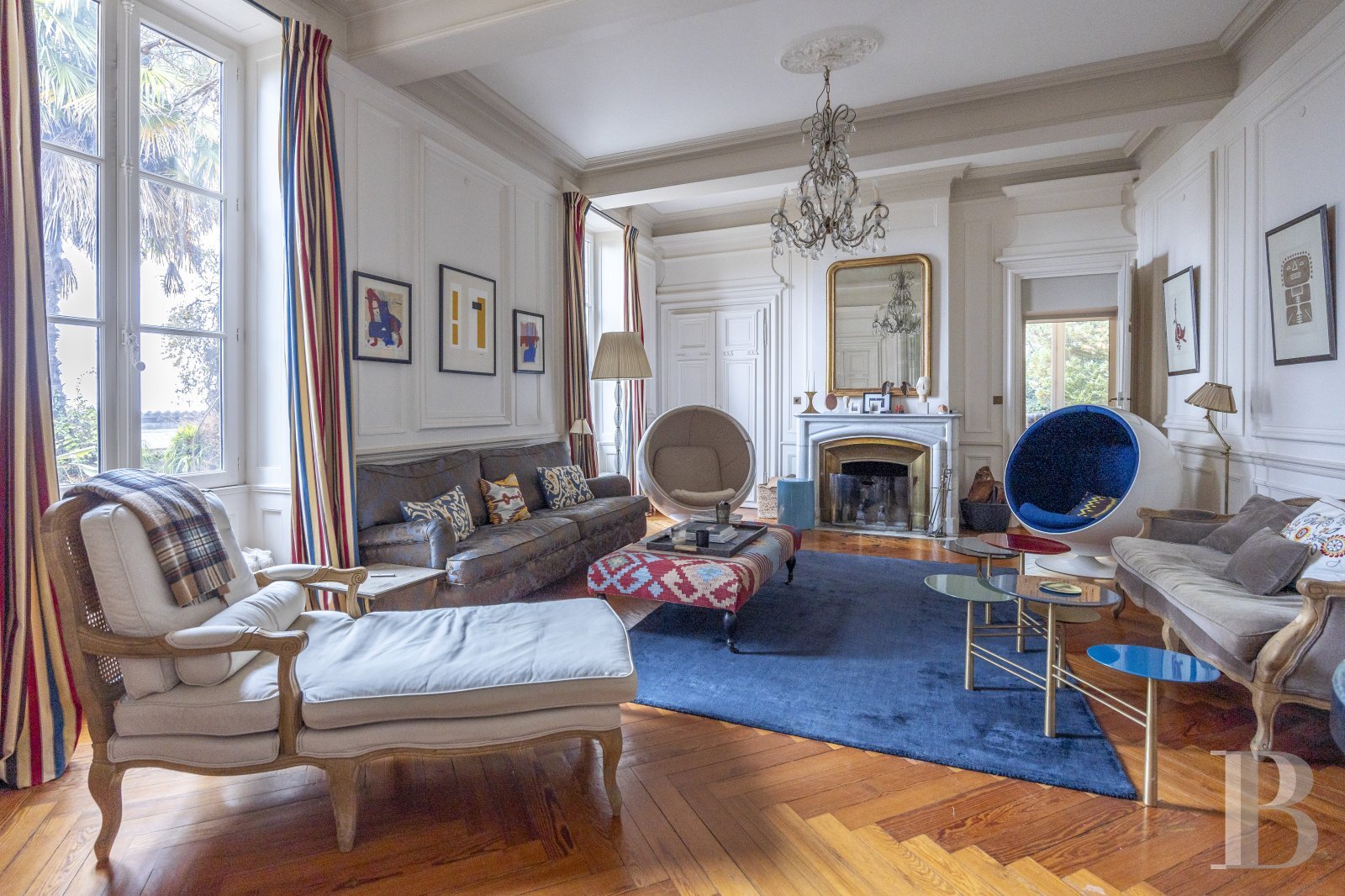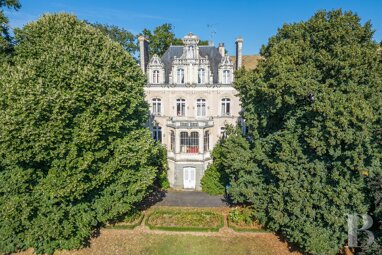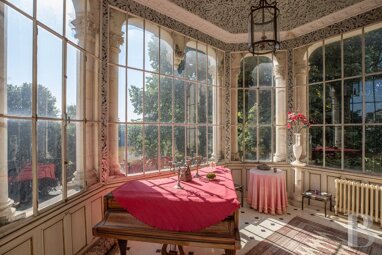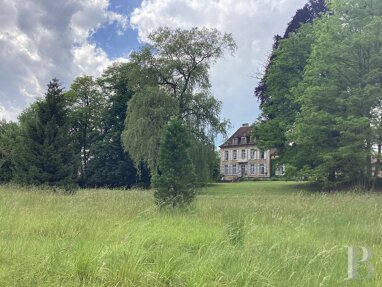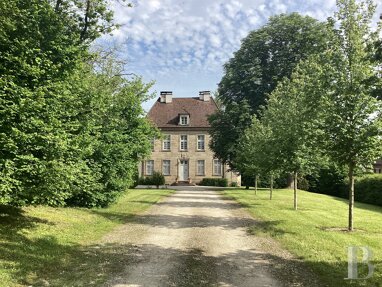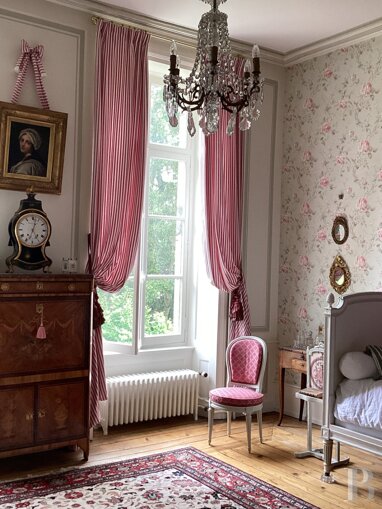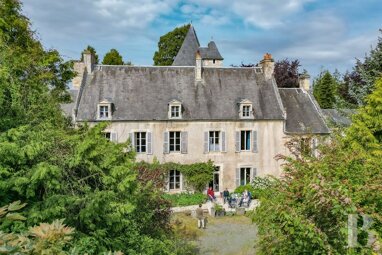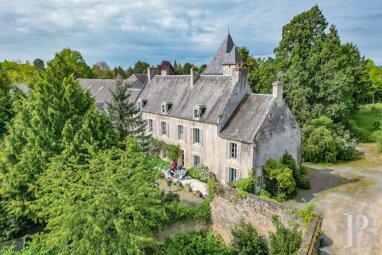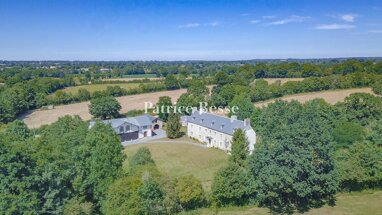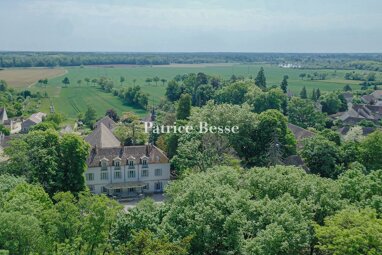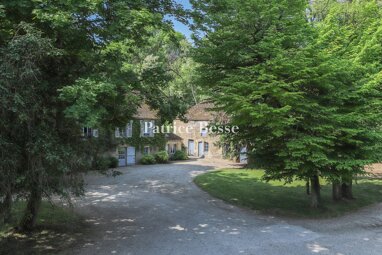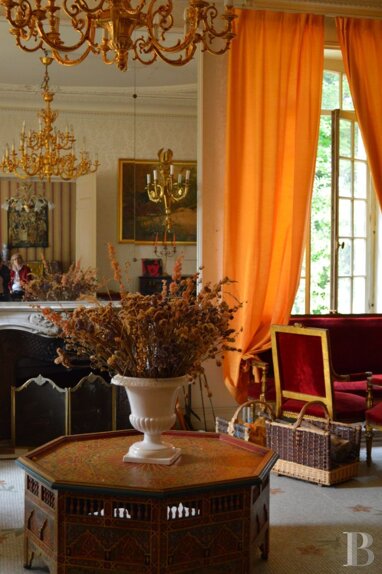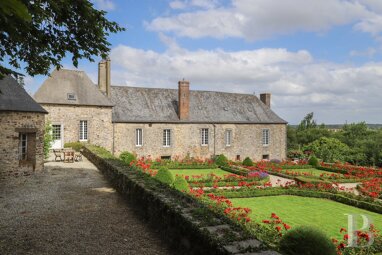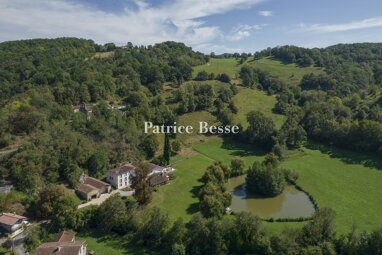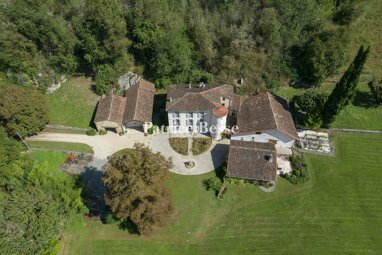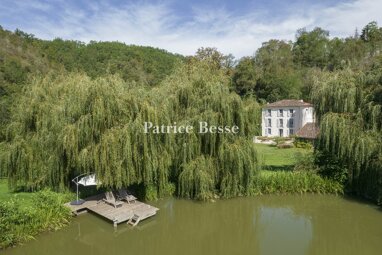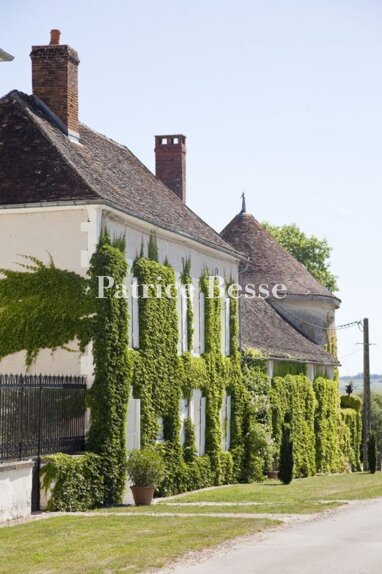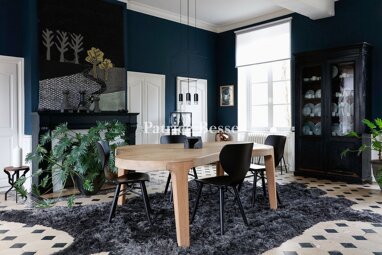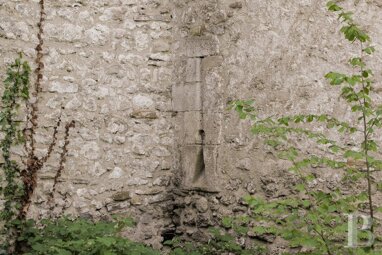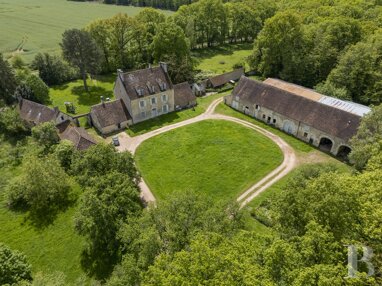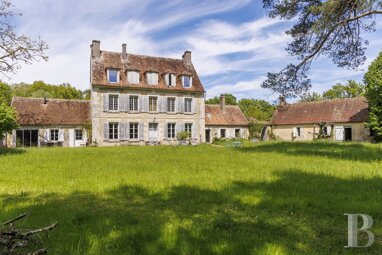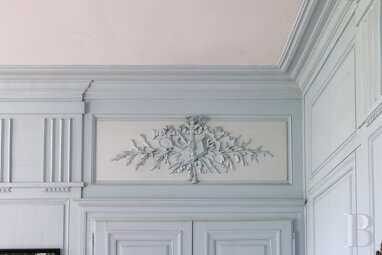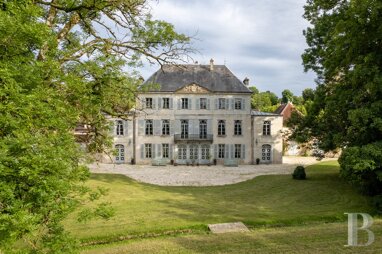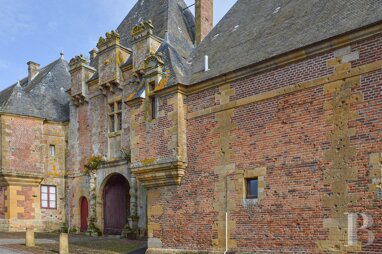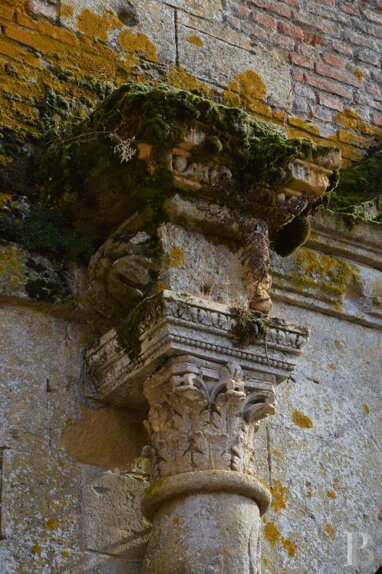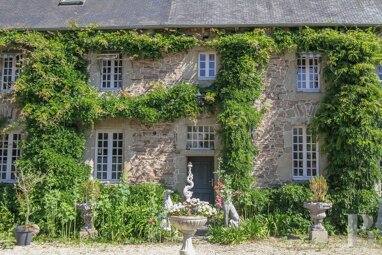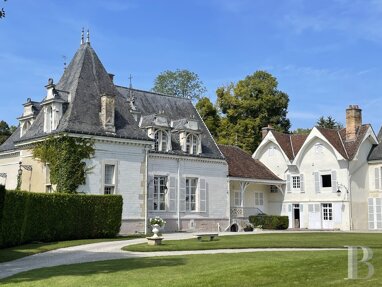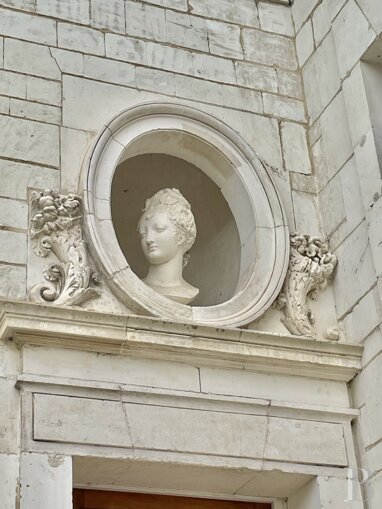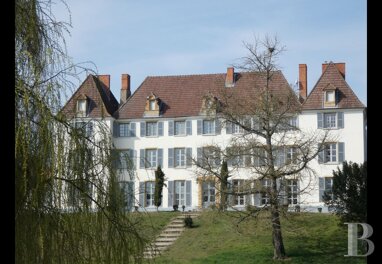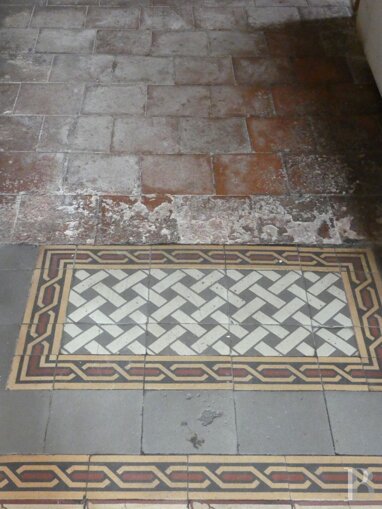A former 18th century convent, now a residence, a chateau with an indoor swimming pool and 2 hectares of grounds - ref 121718
A former 18th century convent, now a residence, a chateau with an indoor swimming pool and 2 hectares of grounds.
The property is located north of Lyon in a village on the Dombes plain with its thousands of artificially created lakes, close to the Saône River surrounded by the Beaujolais mountains. These vineyards are internationally renowned for their twelve appellations, their two grape varieties and their three colours: white, rosé and red. Prestigious crus such as Fleurie, Juliénas, Brouilly, Moulin-à-Vent and Morgon uphold the region's reputation, not forgetting the great annual and popular Beaujolais Nouveau festival, held every year around midnight on the third Thursday in November.
The small town is surrounded by a number of typical villages and unspoilt countryside, preserved from the urban sprawl surrounding Lyon, yet only 40 km from the city. All day-to-day shops are within walking distance from the property. The chateau lies 2 km from the nearest motorway junction, 25 km from the TGV high-speed train station connecting to Paris and Geneva in 1 hour 30 minutes, and 50 km from Lyon-Saint-Exupéry international airport.
Partially destroyed in 1789 during the French Revolution, the former convent was subsequently acquired by a family close to the Emperor during the Second French Empire, with the aim of remodelling and renovating the building and transforming it into a comfortable family residence. At that time, it was granted a view ordinance over the Saône by imperial decree and became a "chateau".
The property is situated in the centre of a market town with a population of more than 3,500, overlooking part of it and boasting an uninterrupted view of the river meandering down below.
A small alleyway at the end of the street leads to an impressive entrance gate. It provides direct access to a front courtyard with garage and guest parking. To the immediate left of the gate stands a former caretaker's cottage, converted into an independent gîte (guest house) bordered by an outdoor parking space. To the right of the gate, in the main courtyard, there is an old greenhouse. The rectangular main building is flanked by two wings to the west and two rows of three semi-circular stone arches to the east.
The facades of the buildings are rendered and feature numerous large, paned casement windows or French windows. The wings have dressed-stone corner quoins. The main building has a traditional flat-tile gable roof, while the wings are topped by gambrel roofs clad with glazed tiles, each crowned with two ridge finials.
At the rear of the chateau, behind the arches, a small courtyard opens onto the parklands, where a raised bridle path runs alongside a quiet street. The second part of the grounds, opposite the main facade, is divided into different areas. A second gate provides access to the upper section of the grounds, where a flight of steps leads down to the main house.
The chateauTwo storeys high and spreading over a total floor area of some 1,000 m², the external appearance of the dwelling reflects a style typical of the 19th century, since the renovation work was carried out during the Second French Empire.
The ground floor
This level comprises several reception rooms, a kitchen and a dining room, as well as family rooms such as a sitting room-library, a billiard room and a study, all of which are decent-sized but not too large. The rooms are bright and airy, each with its own view over the park, the Saône or the Beaujolais mountains in the distance. The mosaic-floored entrance hall at the centre of the house leads to the adjoining reception rooms and to the dining room. The flooring in the rooms is either of mosaic tiles, straight strip hardwood or herringbone parquet. There is a marble fireplace in each room, and panelling and columns embellish the walls. A billiard room lit by ...




